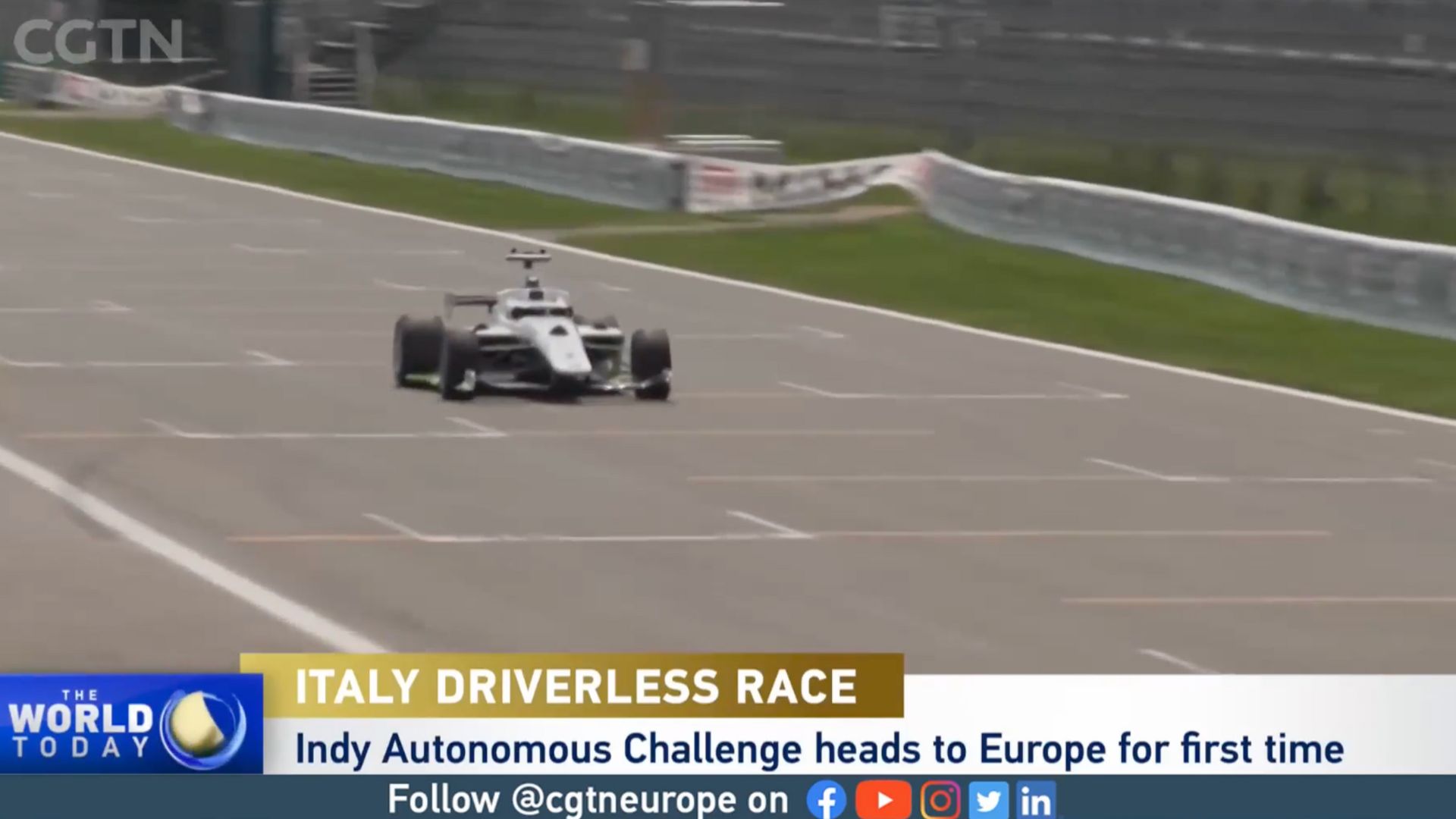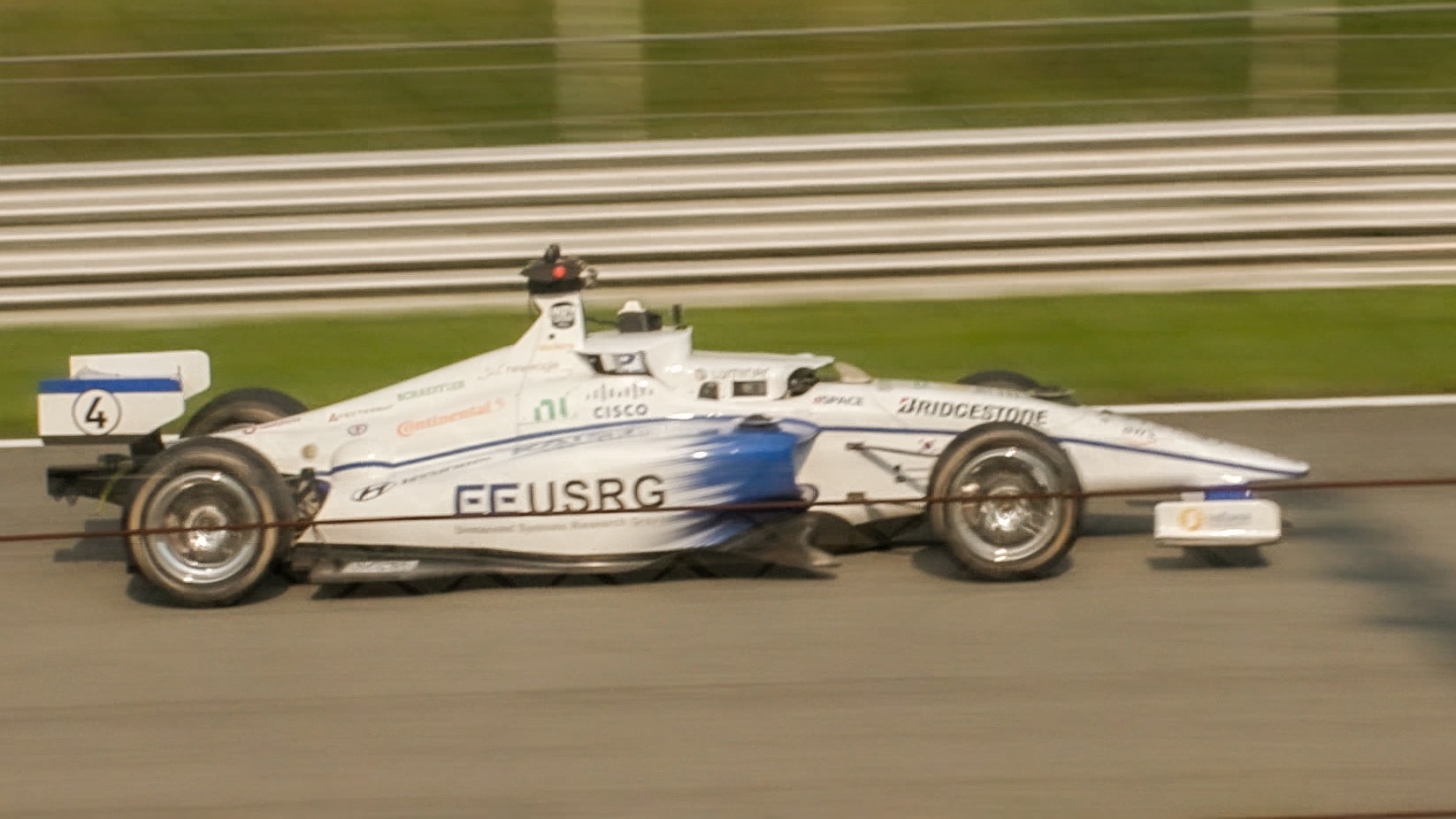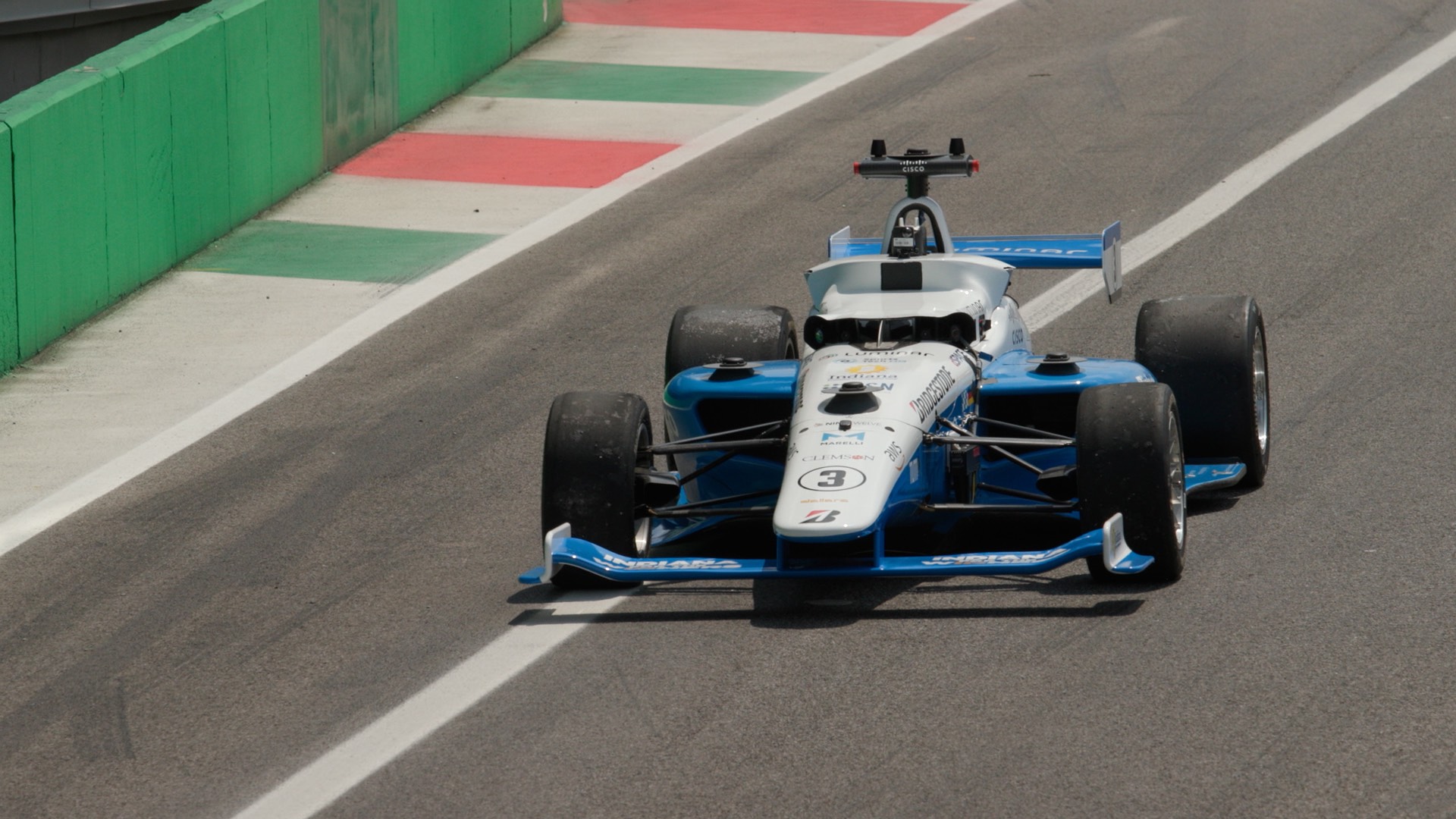02:43

Some of the world's top motorsport drivers have graced the track at Monza, but during June 16-18, driverless cars have taken pole position.
The Indy Autonomous Challenge is holding its first ever race in Europe at the 100-year-old venue, which is home to Formula One's Italian Grand Prix. The competition features teams from some of the world's top technology universities. It's being held during the Milano Monza Motor Show - MIMO.
READ MORE
Female motorsport champion Jamie Chadwick in the race to reach Formula 1
Italy's aging population a growing problem as the piazzas fall silent
'No evidence': China hits back at EU plans to ban Huawei from 5G networks
"The Indy autonomous challenge is a series of competitions using fully autonomous, full-scale race cars, programmed by top university teams around the world, to really test the boundaries of what is possible with autonomous vehicle technology and show the world that autonomous vehicles can do amazing things," CEO Paul Mitchell told CGTN in the pit lane at Monza.
The cars competing in the event all have the same chassis and technology - a Dallara AV-21, modified for automation from the car used in Indy lights racing in the United States.
Without a driver or direct control of the vehicle, each university team writes its own autonomous racing software to guide the car around the track. Using artificial intelligence and a combination of sensors and cameras, an in-built super-computer helps the car to decipher how to handle the circuit.

The competition features teams from some of the world's top technology universities. /CGTN
The competition features teams from some of the world's top technology universities. /CGTN
The cars can reach speeds of around 190 to 200 miles per hour.
Teams from universities in Korea, the U.S., Germany and Italy are competing in the race.
"What we do is integrating the information coming from different sensors so we have GPS, we have cameras, we have inertial measurements from the car and we try to replicate what a race driver does," said Andrea Ticozzi of Autonomous Racing Engineer for Polimove, a team from the Politecnico University in Milan and the University of Alabama.

The race takes place on oval-shaped race tracks. /CGTN
The race takes place on oval-shaped race tracks. /CGTN
Since its inception in 2019, the race has taken place in the U.S., on oval-shaped race tracks.
However, this is the first such event to be held in Europe. Monza's circuit represents a number of additional challenges for the cars - chicanes and tighter corners.
Race organizers have put safety at the forefront and they hope the event will convince doubters of the benefits of autonomous technology in everyday vehicles.
"The public is still skeptical of autonomous vehicles, the safety and the readiness, so if they can see a car going at 180 miles per hour like a top racer driver can drive, then maybe they will feel confident that someday they can use these types of systems on highways to keep them safe," Mitchell said.
Subscribe to Storyboard: A weekly newsletter bringing you the best of CGTN every Friday